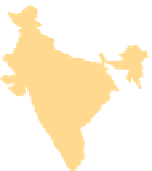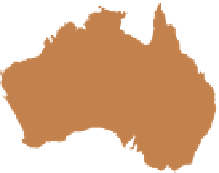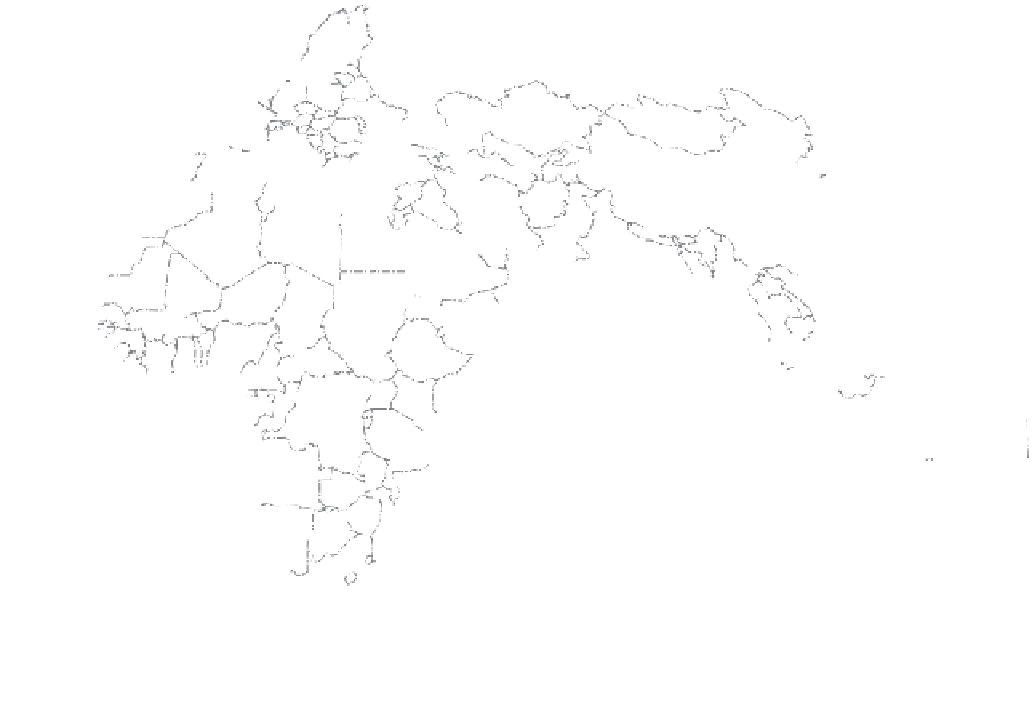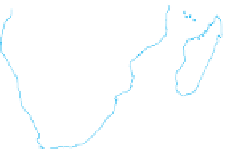Geography Reference
In-Depth Information
GREENLAND
Arctic Circle
FINLAND
NORWAY
ICELAND
RUSSIA
60°
ESTONIA
LITHUANIA
60°
SWEDEN
LATVIA
DENMARK
UNITED KINGDOM
NETH.
POLAND
IRELAND
BELARUS
UKRAINE
MOLDOVA
BELG.
GER.
ATLANTIC
OCEAN
CZ. REP.
SLVK
KAZAKHSTAN
SWITZ.
AUST.
HUNG.
ROM.
BULG.
ALB.
GREECE
TURKEY
CYPRUS
MONGOLIA
FRANCE
SLOV.
SERB.
CRO.
BOS.
UZBEKISTAN
GEORGIA
ARMENIA
AZERBAIJAN
KYRGYZSTAN
TAJIKISTAN
N.
KOREA
SPAIN
PORTUGAL
MONT.
KOS.
40°
MACE.
40°
ITALY
TURKMENISTAN
JAPAN
CHINA
S.
KOREA
SYRIA
TUNISIA
AFGHANISTAN
MOROCCO
LEBANON
IRAQ
IRAN
PACIFIC
BHUTAN
JORDAN
ISRAEL
NEPAL
PAKISTAN
KUWAIT
ALGERIA
LIBYA
WESTERN
SAHARA
BAHRAIN
EGYPT
QATAR
BANGLADESH
TAIWAN
Tropic of Cancer
U.A.E.
MYANMAR
(BURMA)
SAUDI
ARABIA
20°
OMAN
INDIA
MAURITANIA
LAOS
MALI
VIETNAM
NIGER
ERITREA
YEMEN
SUDAN
THAILAND
CAMBODIA
OCEAN
SEN
E
GAL
GUINEA-BISSAU
GUINEA
SIERRA LEONE
LIBERIA
CHAD
PHILIPPINES
GAMBIA
BURKINA
FASO
DJIBOUTI
NIGERIA
CAMEROON
SRI LANKA
IVORY
COAST
ETHIOPIA
CENTRAL
AFRICAN REP.
SOUTH
SUDAN
BRUNEI
SOMALIA
TOGO
BENIN
MALAYSIA
INDIAN
GHANA
UGANDA
KENYA
CONGO
Equator
0°
GABON
RWANDA
SINGAPORE
EQUATORIAL
GUINEA
THE
CONGO
PAPUA
NEW
GUINEA
BURUNDI
OCEAN
SOLOMON
ISLANDS
INDONESIA
TANZANIA
COMOROS
ATLANTIC
EAST TIMOR
ANGOLA
MALAWI
ZAMBIA
FIJI
VANUATU
MADAGASCAR
MOÇAMBIQUE
ZIMBABWE
BOTSWANA
20°
20°
20°
20°
20°
NAMIBIA
MAURITIUS
NEW
CALEDONIA
Tropic of Capicorn
AUSTRALIA
OCEAN
SWAZILAND
SOUTH
AFRICA
LESOTHO
NEW
ZEALAND
40°
40°
40°
0°
20°
40°
60°
100°
120°
140°
160°
60°
60°
60°
60°
SOUTHERN
OCEAN
Antarctic Circle
some of the most productive agricultural land in the world. Do the Kenyans sim-
ply not produce enough food on their lands? Is that what accounts for their mal-
nutrition rate of over 30 percent? No, hunger in Kenya depends much more on
what they produce, who owns the land, and how Kenya is tied into the global
economy.
Kenya's most productive lands, those in the western highlands, are owned by
foreign coffee and tea corporations. Driving through the open, luxury-crop-covered
slopes, I saw mostly Kenyan women working the plantations. The lowland plains are
dotted by small farms, many of which have been subdivided to the point of making
the land unviable. Here, an even higher proportion of the people working the lands
are women, but the lands are registered to their husbands or sons because, by law,
they cannot own them.

